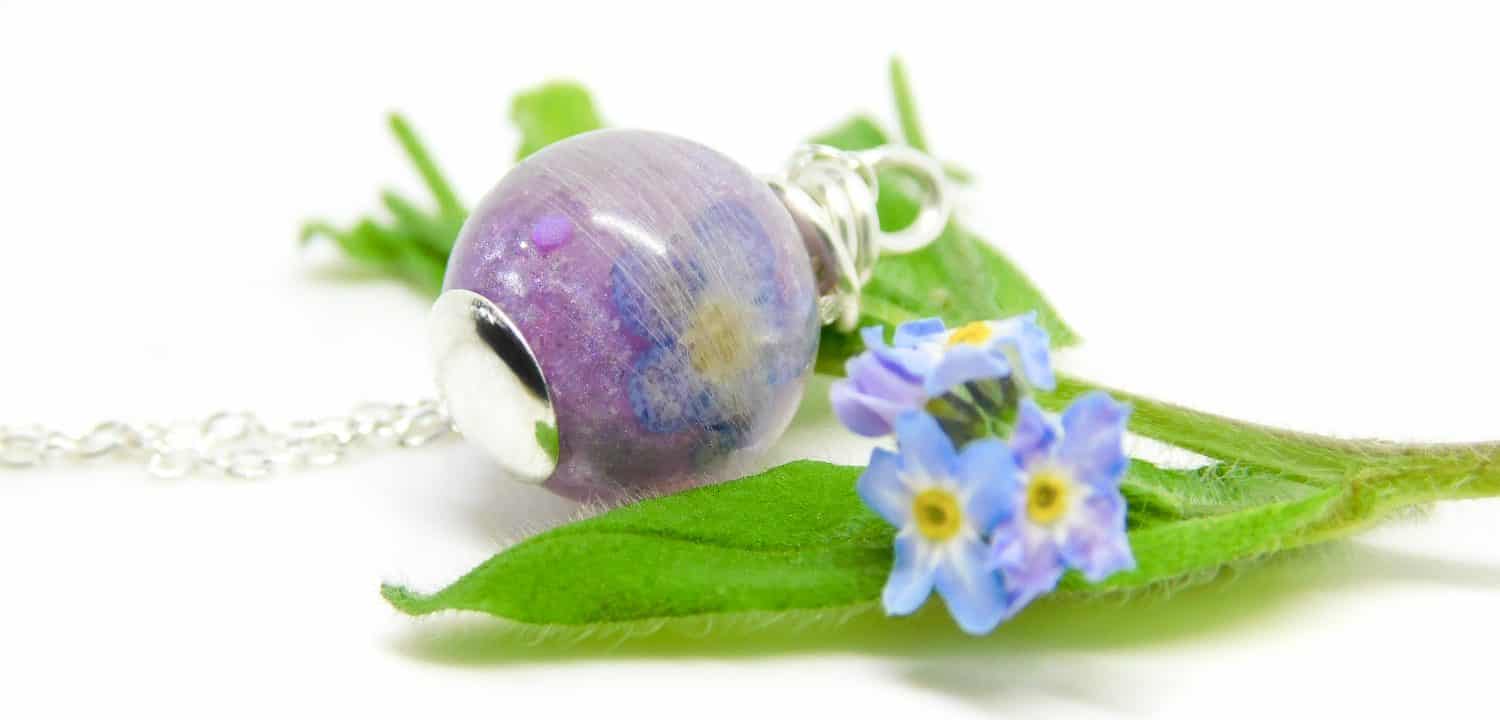Microplastics in Jewellery: Reducing Glitter Waste
Plastic has been worrying me for years now. As a child of the 80’s I grew up with lots of fruit and veg, supermarket produce and virtually every other thing we bought being packaged in layers of uneccessary plastic. As recently as a few years ago I’m ashamed to say I thought very little about where that plastic ended up. I have memories of seeing birds with six pack rings (the type you get with multipacks of fizzy drinks) around their necks but it’s strange how we can feel sorry for those animals but not consciously link it to “our world”.

There are literally three and a half million results on Google for reducing plastic blogs and New Year 2018 many of my friends posted on social media their aims to reduce their plastic waste. A topic that’s gaining popularity is that of microplastics.
‘microplastics’: Tiny plastic granules used as scrubbers in cosmetics and air-blasting, and small plastic fragments derived from the breakdown of macroplastics (Derraik, 2002; Ryan et al., 2009; Thompson et al., 2004)

Another example of a microplastic is glitter. Glitter is often made from either mica flakes, fish scales or silk but is often made from small pieces of plastic. This article from the National Geographic explains why so many schools have banned glitter from their crafts. The cosmetics retailer Lush have started using non-plastic alternatives like walnut shells as exfoliants instead of the tiny plastic microbeads you find in “scrubby stuff” from other makers. This isn’t an affiliate promotion, by the way, I just really like their products! They also use a kind of synthetic mica instead of mined mica. After hearing the disturbing reports of child labour being used in mica mines, we stopped buying mica flakes and pigments for our memorial jewellery but that’s another post.
If you’re worried about ethics when it comes to makeup and cosmetics, this is a big problem and it’s hard to know where to turn
Glitter – How to Reduce the Amount of Microplastics in Jewellery Making
As well as reducing the amount of cremation ashes, umbilical cord and breastmilk etc our method for making memorial jewellery involves adding things to the resin in the mould, not the other way around. Many makers will and prepare a batch of resin, measure out an amount and add various elements to it, then pour this into the mould. This ends up with a lot of wastage, including wasting cremation ashes. Some ashes are thrown in the bin!

We pour only the amount of resin we need into the moulds, then add tiny amounts of ash, colours and birthstones. The result is a small piece of jewellery that will be treasured for years to come and hopefully never end up in the ocean. Also, no matter what type of pigment you use

This post contains affiliate links meaning that if you click on the links I might receive a small amount of commission, which comes in handy on Amazon for our two children’s books!

